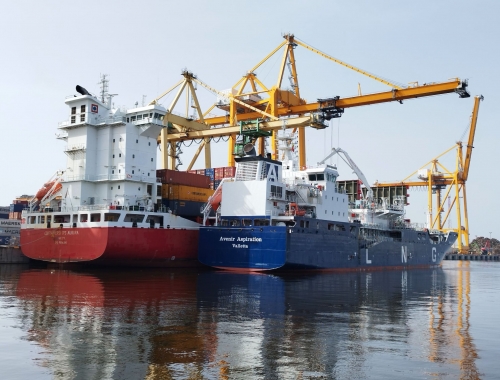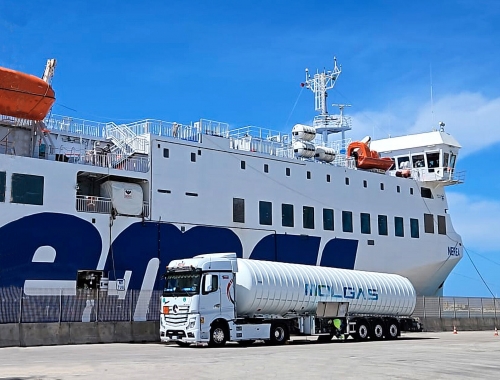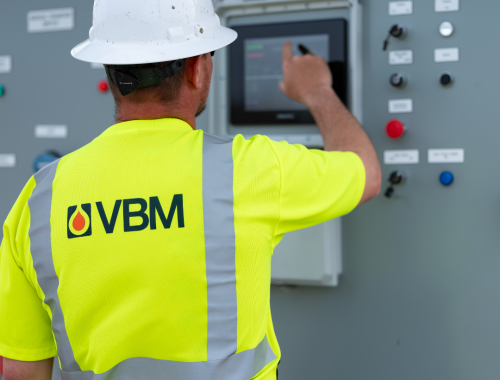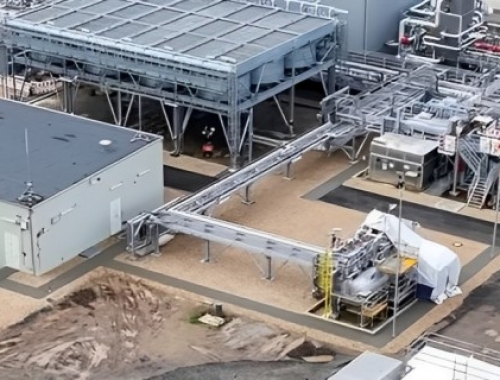BP launches green hydrogen cluster in Valencia
SUMMARY
The initiative is intended to be based around the phased development of up to 2GW of electrolysis capacity by 2030 for producing green hydrogen at BP’s Castellón refinery. [Image: BP]
By Shardul SharmaPOSTED IN:
BP on February 28 launched the green hydrogen cluster of the Valencia region (HyVal) at its Castellón refinery.
This public-private collaborative initiative is intended to be based around the phased development of up to 2GW of electrolysis capacity by 2030 for producing green hydrogen at BP’s refinery.
HyVal is expected to help decarbonise the operations of BP’s Castellón refinery. “Its transformation - including green hydrogen, biofuels and renewable energy - could see BP invest a total of up to 2bn Euro in Castellon by 2030,” it said.
Its production of biofuels is expected to increase three-fold, to 650,000 tonnes a year 2030. Green hydrogen will also be used as a feedstock in biofuel production, specifically of sustainable aviation fuel (SAF).
In addition to being used by BP at the refinery, the green hydrogen produced will also be used in key hard-to-abate industries in the Valencia region, such as the ceramic industry replacing the natural gas used in their processes, chemical industries for the production of green ammonia and in heavy transport.
“HyVal aims to support the development of Valencia region into a leader for the production of green hydrogen in Spain. Its hydrogen production is expected to be developed in phases,” BP said.
The first, anticipated to be operational in 2027, will involve the installation of an electrolysis plant with at least 200 MW capacity at Castellón refinery. This initial stage would be expected to produce up to 31,200 metric tons/year of green hydrogen.
Use of this green hydrogen to replace natural gas is estimated to be able to avoid more than 300,000 mt/year of CO2 emissions when used first in the refinery and then in thermo-intensive industries and heavy transport. This green hydrogen will also be used as a feedstock for the production of SAF (Sustainable Aviation Fuel), at the refinery.
In the second phase, which could be completed in 2030, the electrolysis plant would be expanded to reach a capacity of up to 2 GW of net installed power.








